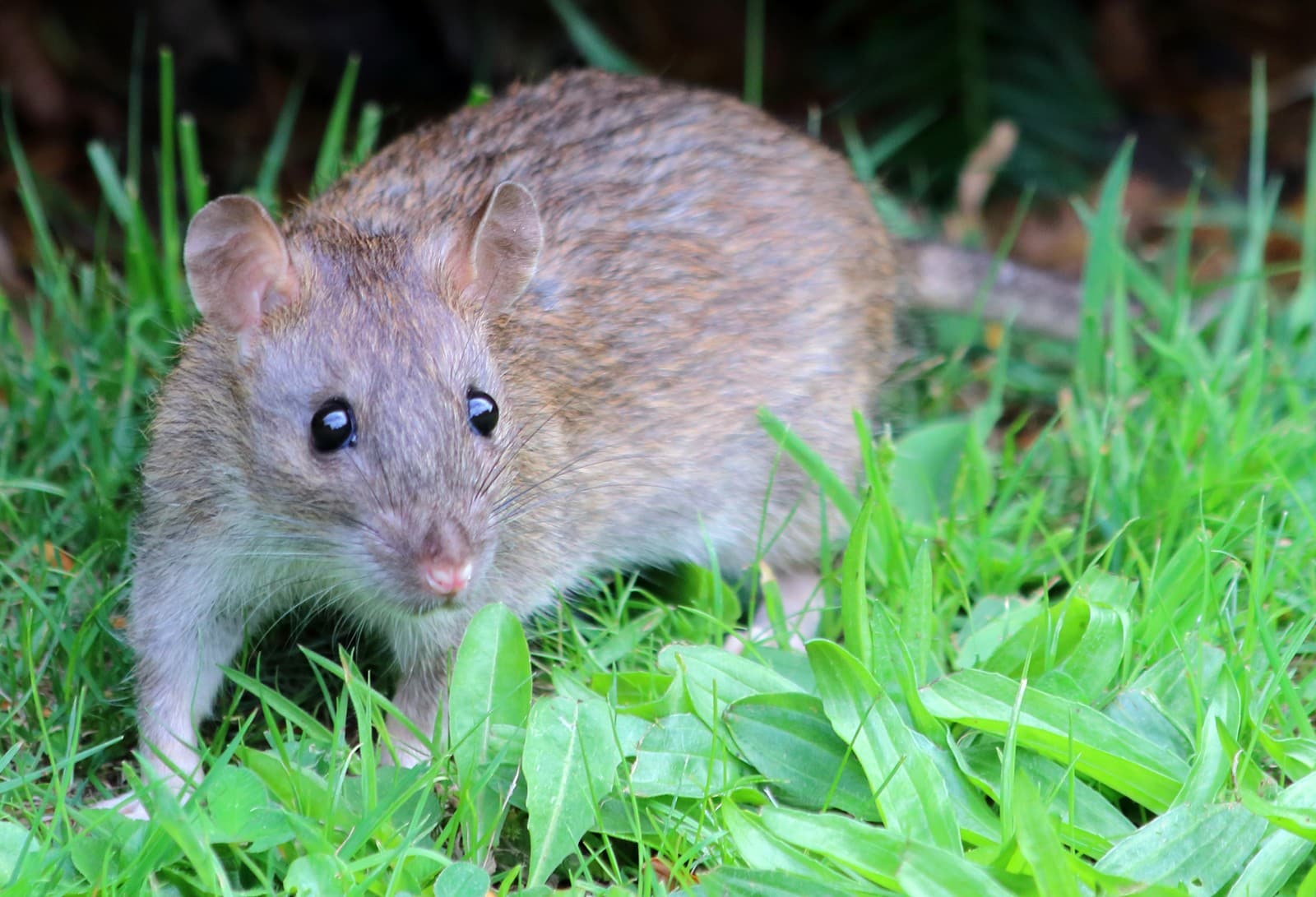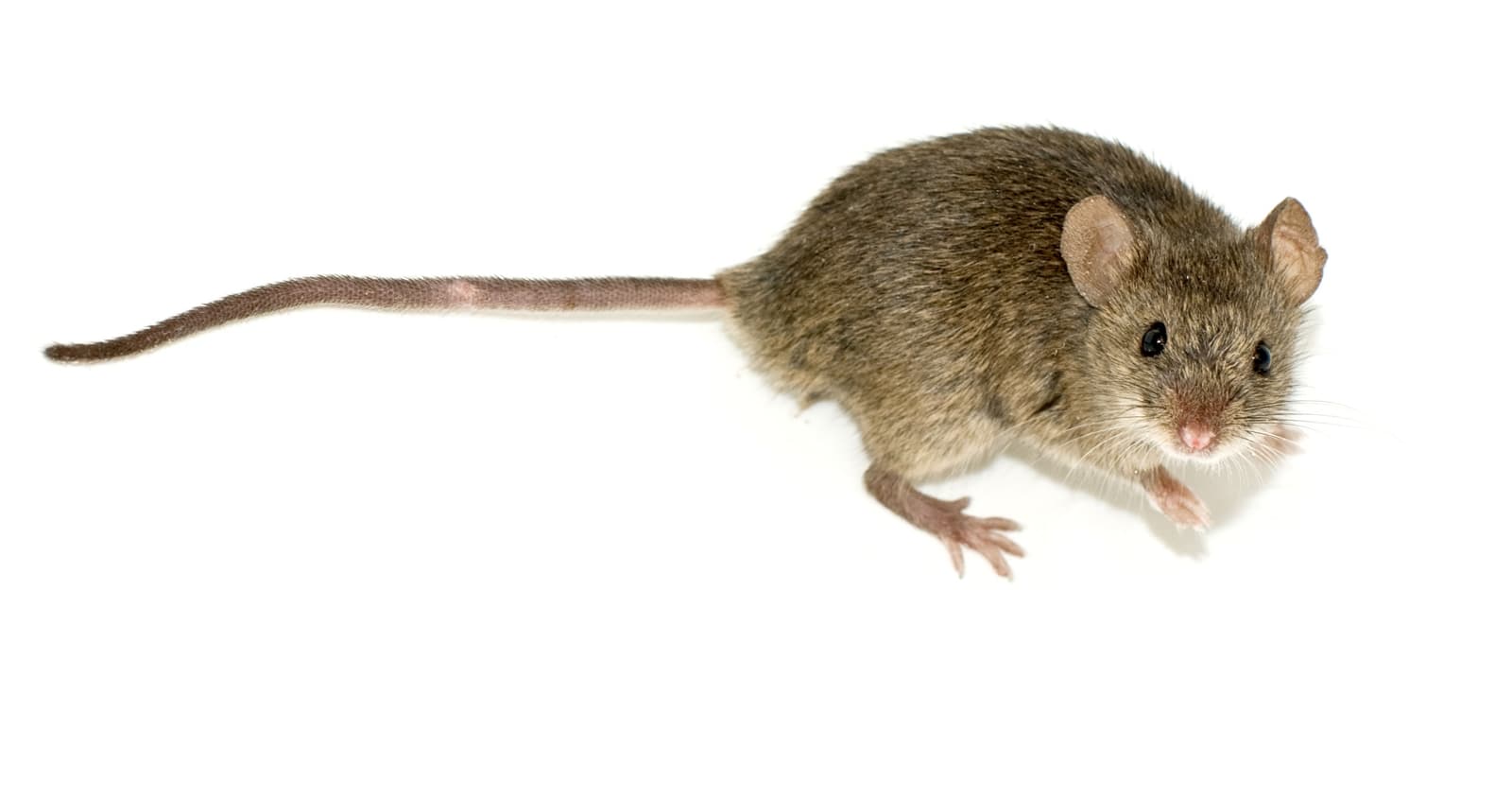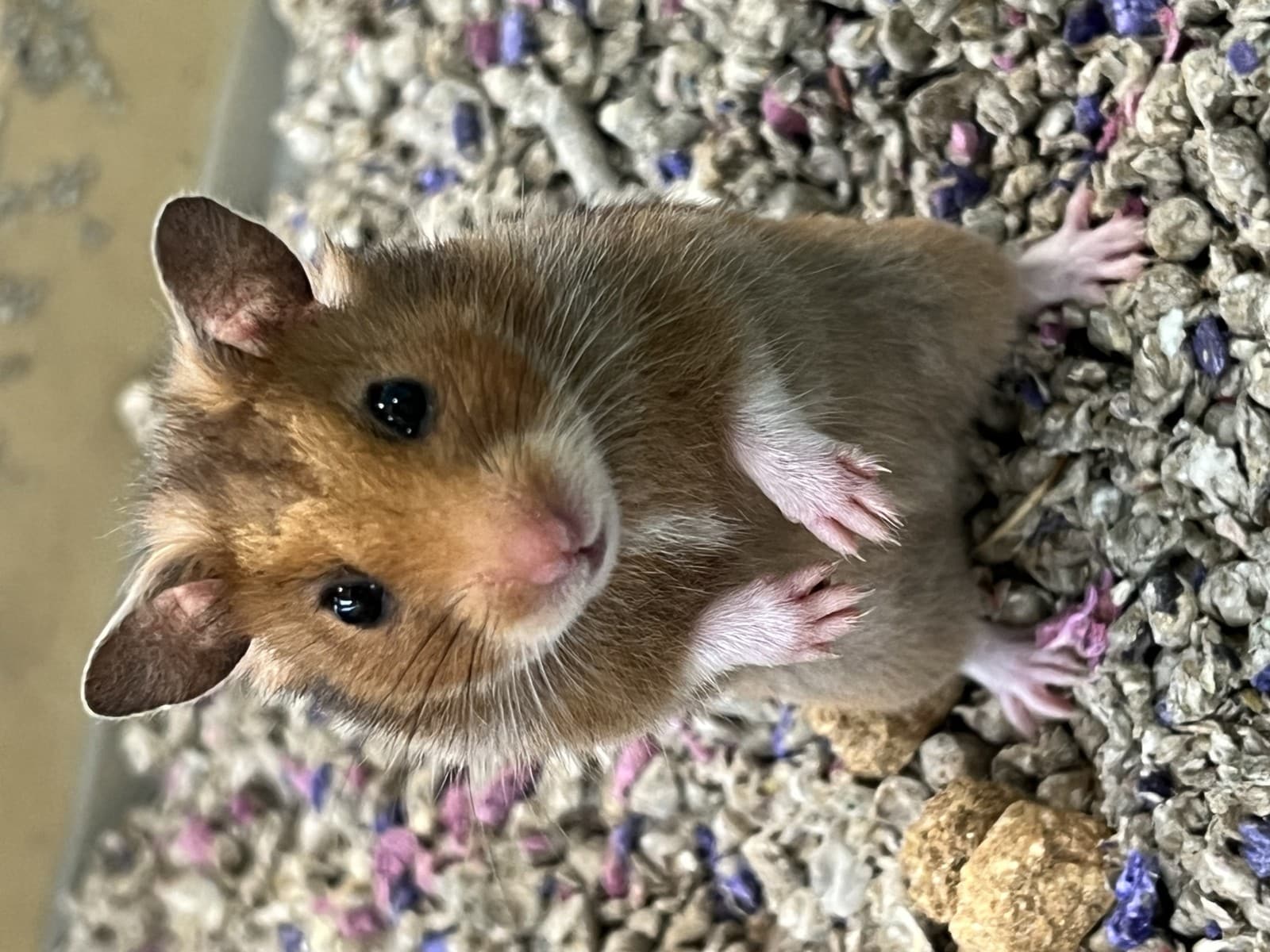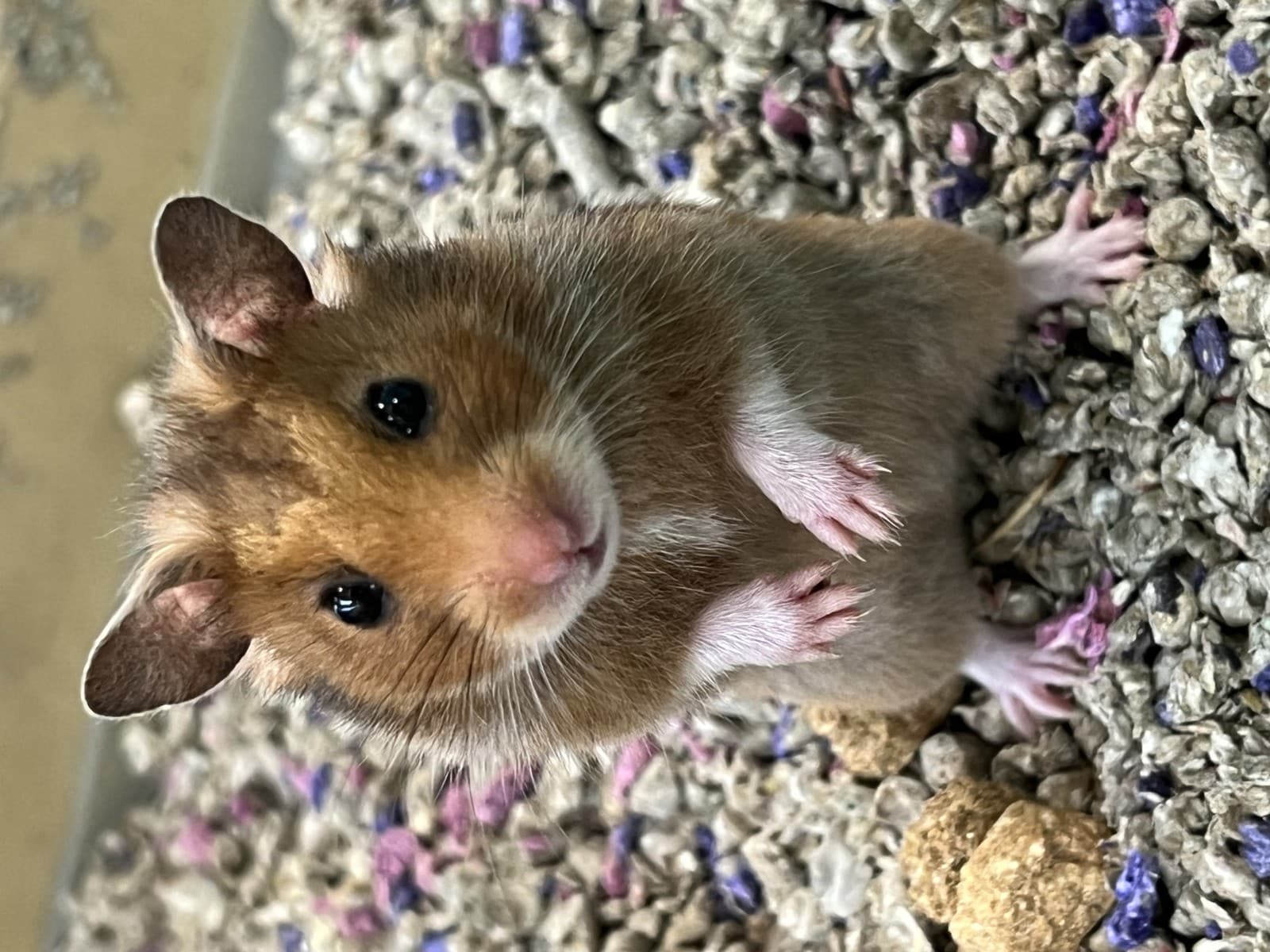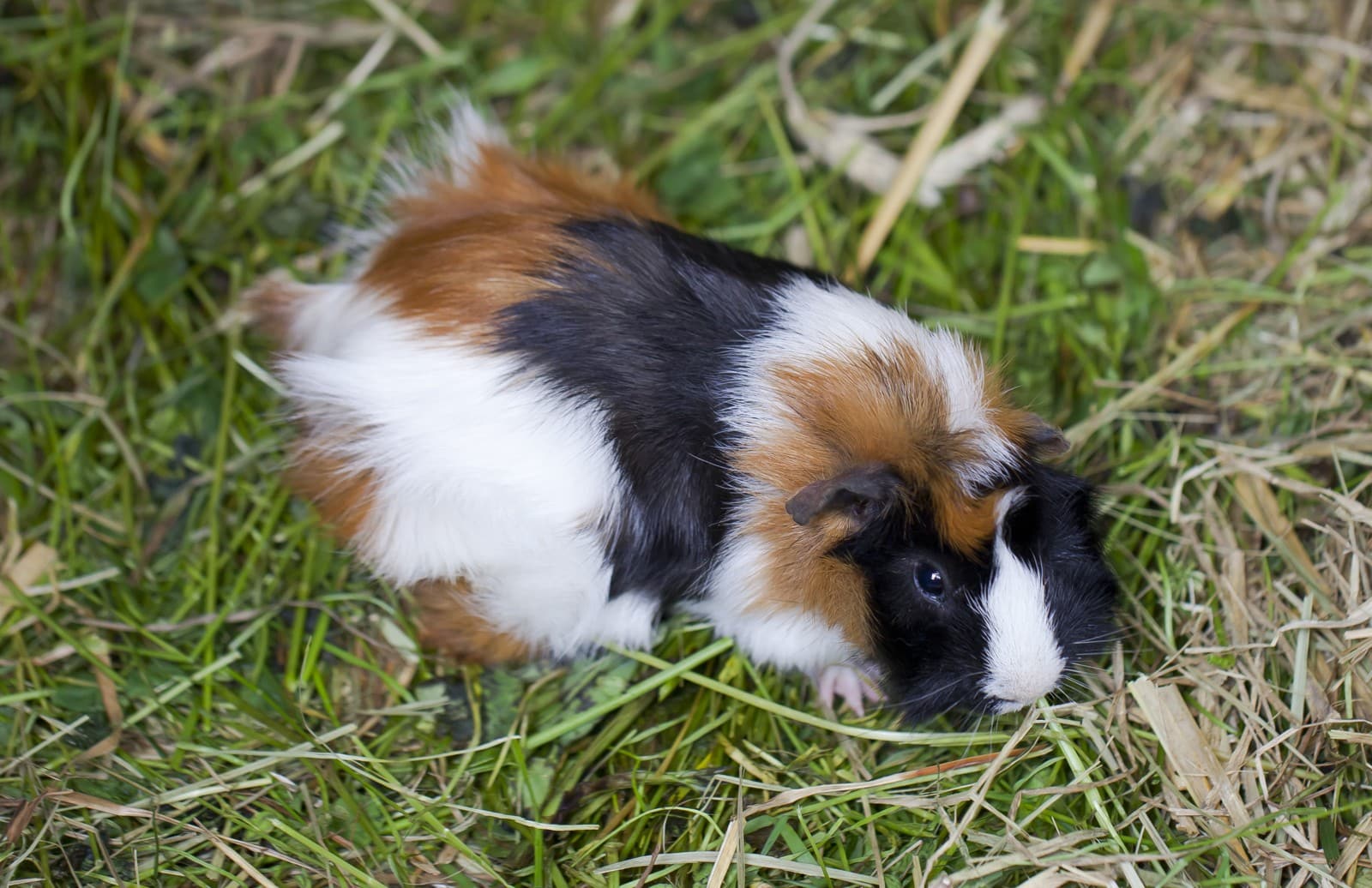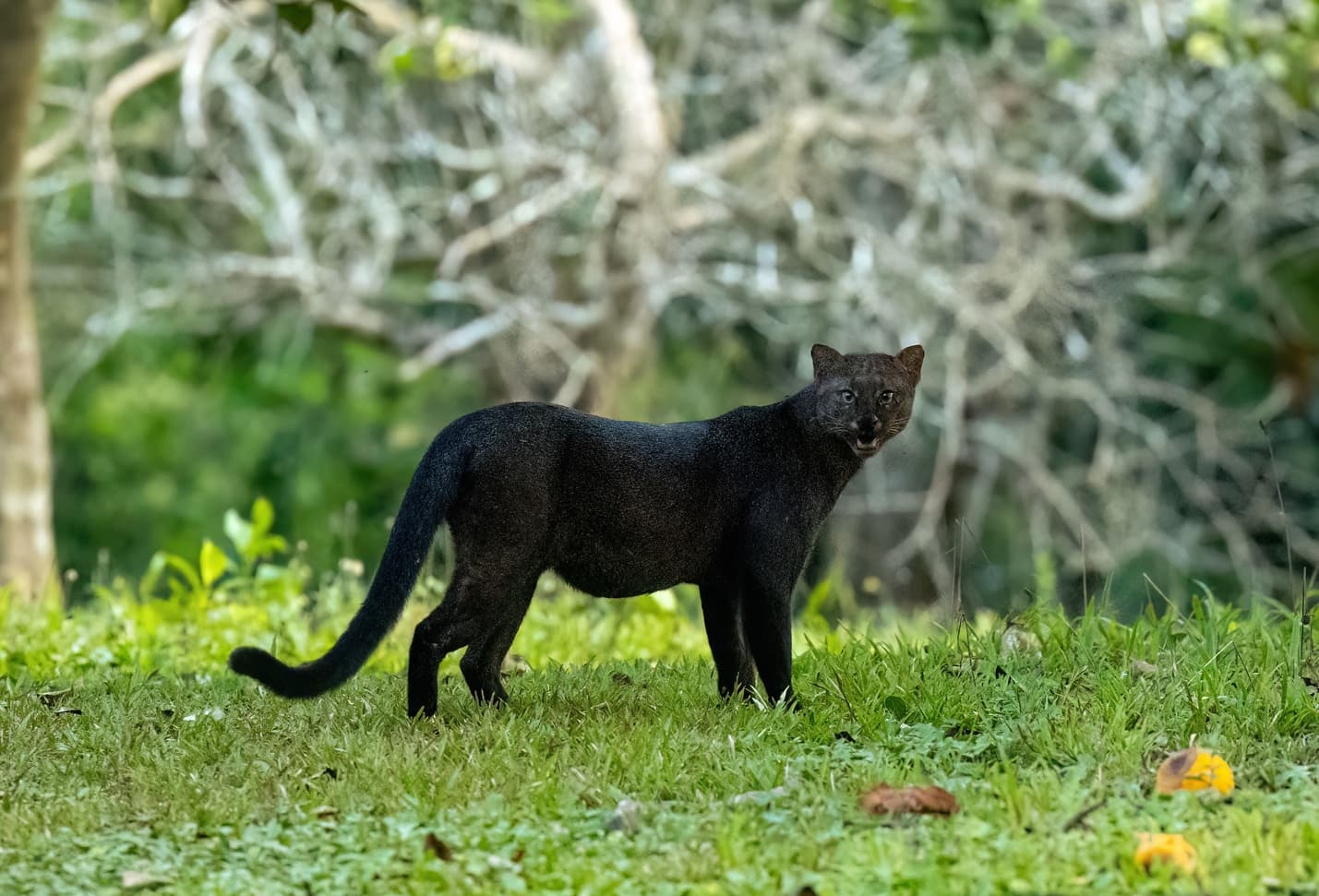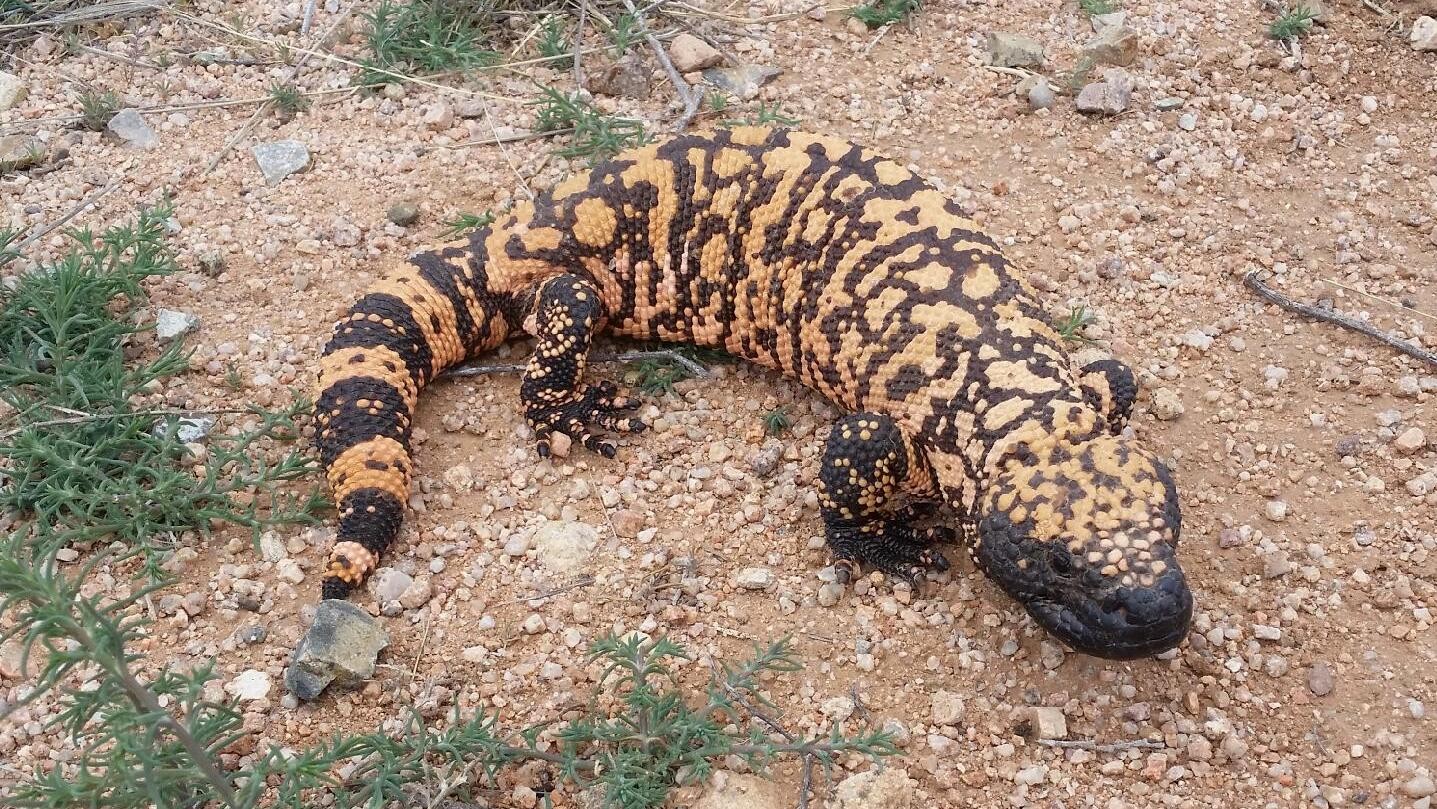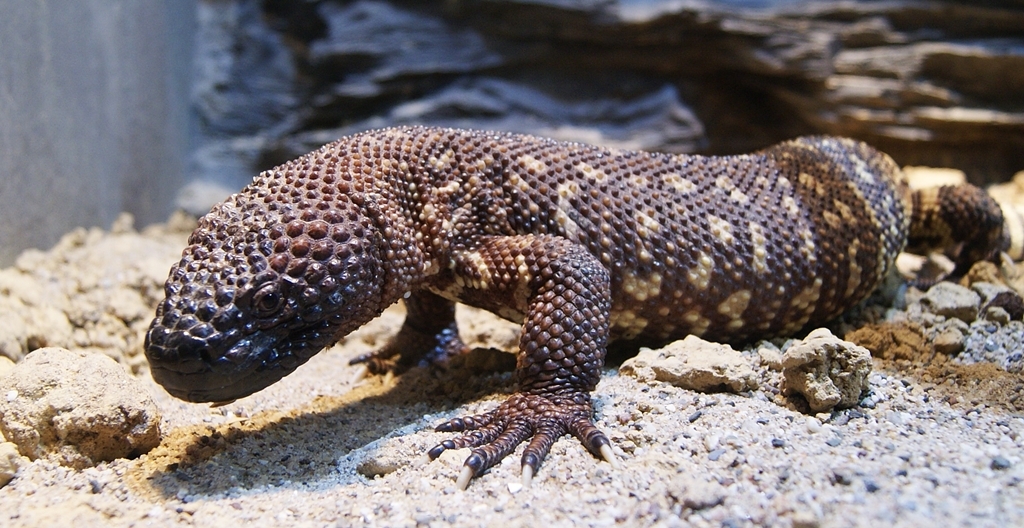Rat vs Hamster: A Complete Comparison
When comparing rats vs hamsters as potential pets, the differences extend far beyond their size. While both belong to the rodent family, rats typically measure 9-11 inches (23-28 cm) in body length, whereas hamsters are considerably smaller at 2-7 inches (5-18 cm). However, these distinct creatures offer unique characteristics that make them suited for different types of pet owners.
The choice between a rat and hamster often comes down to lifestyle compatibility, space requirements, and the type of interaction you’re seeking from a small pet. Rats are known for their high intelligence and social nature, while hamsters are generally solitary and require less social interaction.
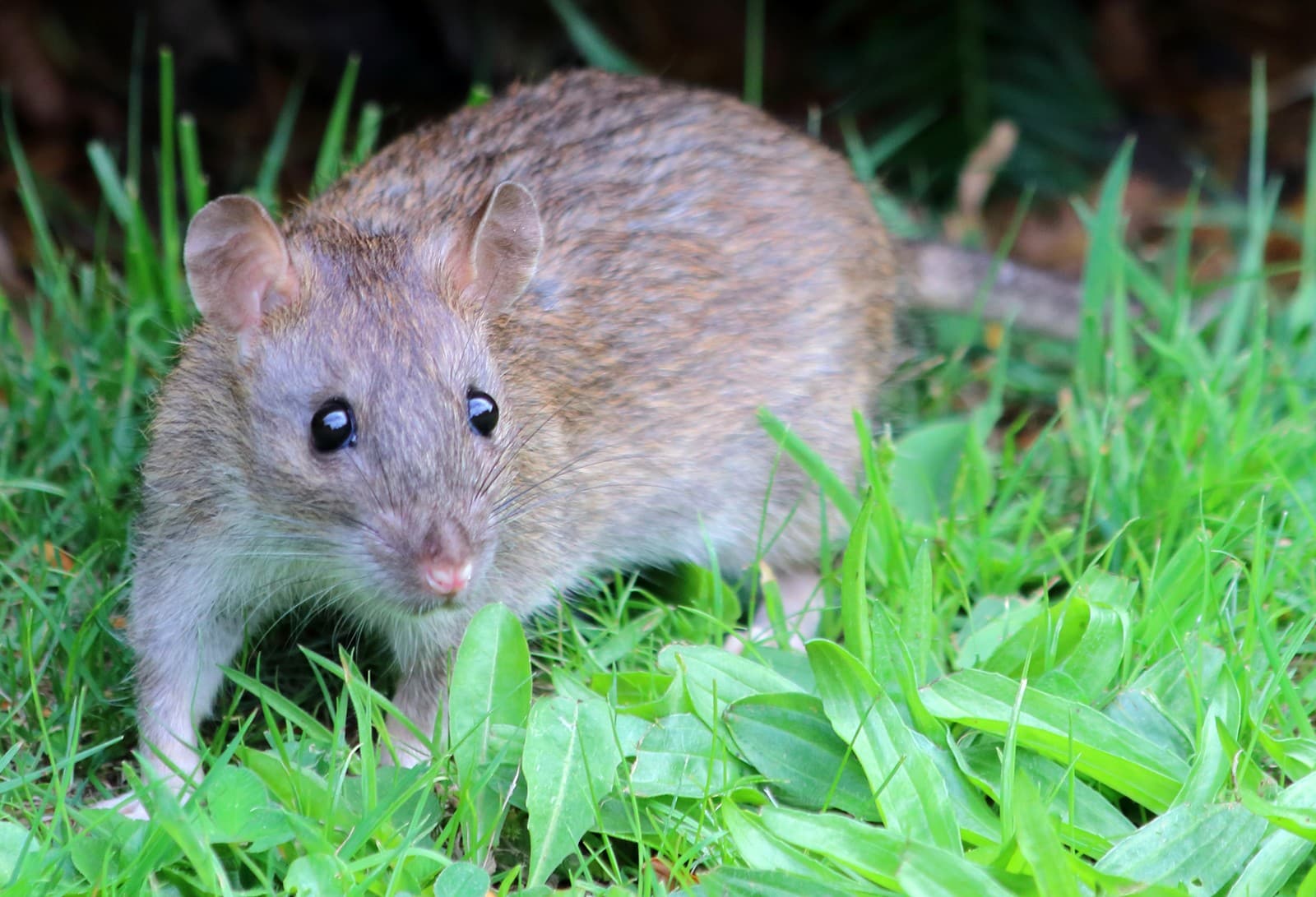
© Dunpharlain / CC BY-SA 4.0
The rat displays the characteristic alert posture and intelligent expression that makes these rodents fascinating pets. Note the well-developed whiskers and ears, essential features for their highly developed sensory capabilities.
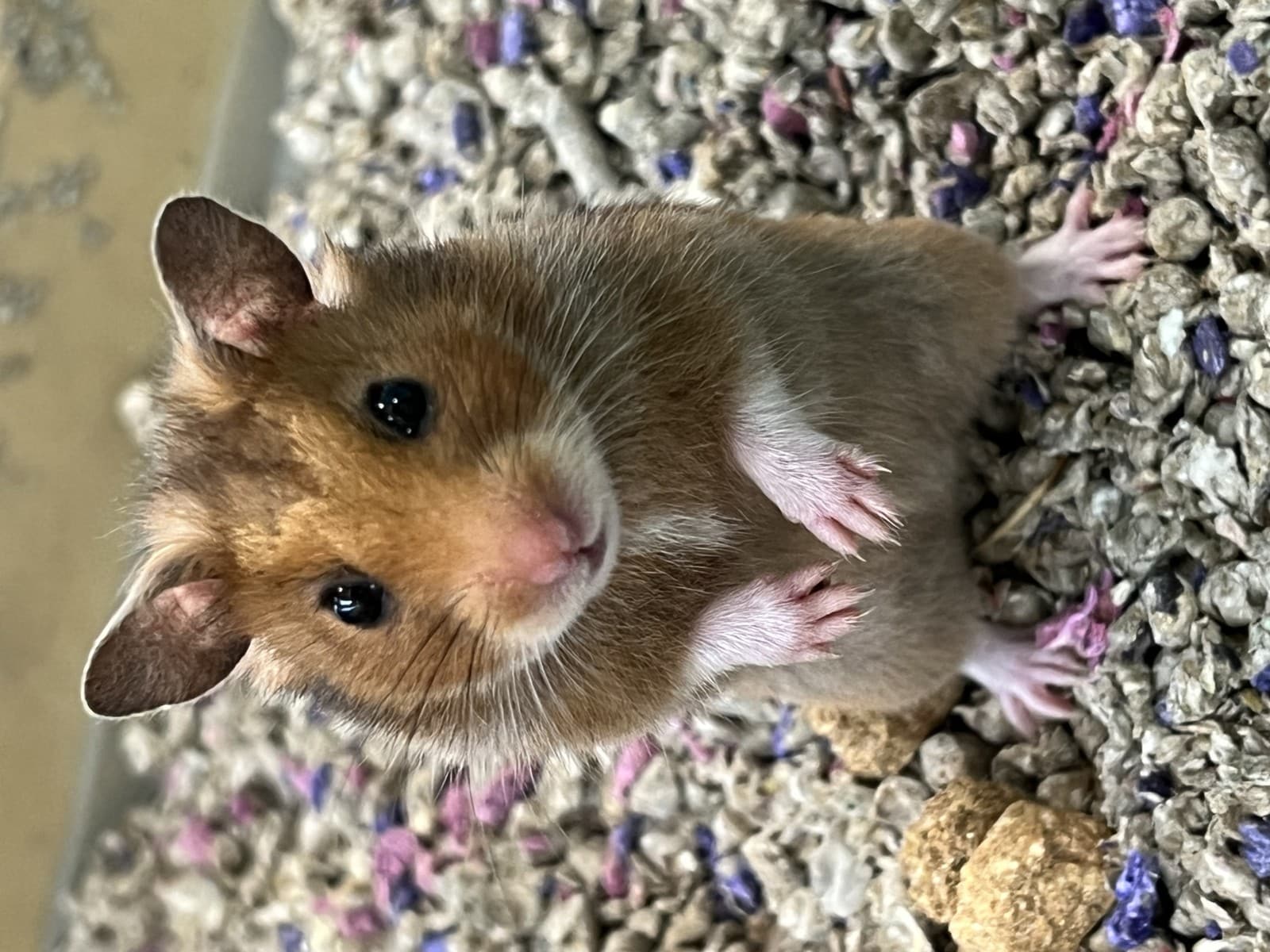
© Wschlitz / CC BY 4.0
This Syrian hamster exemplifies the compact size and endearing features that make hamsters popular pets. The distinctive rounded ears and shorter snout clearly differentiate it from its rat cousins.
Key Differences: Rat vs Hamster Comparison
| Feature | Rat | Hamster |
|---|---|---|
| Size | 9-11 inches (23-28 cm) | 2-7 inches (5-18 cm) |
| Lifespan | 2-3 years | 1.5-2 years |
| Social Needs | Highly social, need companionship | Solitary, prefer living alone |
| Activity Pattern | Active throughout day and night | Primarily nocturnal |
| Intelligence | High, can learn complex tricks | Moderate, basic training possible |
| Space Requirements | Minimum cage size: 2x2x2 feet | Minimum cage size: 1x1x1 foot |
Intelligence and Trainability
Rats demonstrate remarkable cognitive abilities, often compared to those of dogs. They can learn their names, respond to commands, and solve complex puzzles. Studies have shown rats displaying empathy and emotional intelligence, making them exceptionally engaging pets.
Hamsters, while intelligent, show less complex problem-solving abilities. They can learn simple routines and recognize their owners but generally don’t develop the same level of interactive relationships as rats.
Social Requirements and Care
Rat Social Needs
- Must be kept in pairs or small groups
- Regular handling required
- Thrive on social interaction
- Need at least 1-2 hours of free-roam time daily
Hamster Social Needs
- Most species must live alone
- Moderate handling sufficient
- Independent by nature
- Exercise wheel access necessary
Habitat and Space Requirements
Rats require significantly larger living spaces due to their size and social nature. A minimum cage size of 2x2x2 feet (61x61x61 cm) is recommended for a pair of rats, with multiple levels for climbing and exploration.
Hamsters need less space but still require adequate room for exercise. A single hamster needs at least a 1x1x1 foot (30x30x30 cm) enclosure, with Syrian hamsters requiring more space than dwarf varieties.
Health and Maintenance
Common Health Issues
Rats:
- Respiratory infections
- Tumors (common in females)
- Dental problems
Hamsters:
- Wet tail disease
- Diabetes
- Dental issues
Lifespan and Aging
While both species have relatively short lifespans, rats typically live slightly longer than hamsters. Rats average 2-3 years, while hamsters generally live 1.5-2 years with proper care.
Cost Comparison
Initial Setup Costs:
- Rat habitat: $100-200
- Hamster habitat: $50-150
Monthly Maintenance:
- Rat: $30-50
- Hamster: $20-40
Which Pet Is Right for You?
Choose a Rat if you:
- Want an intelligent, social pet
- Can provide daily interaction
- Have space for a larger habitat
- Are willing to keep multiple animals
Choose a Hamster if you:
- Prefer a more independent pet
- Have limited space
- Want a lower-maintenance option
- Are comfortable with a nocturnal animal
Remember that both species make wonderful pets when their specific needs are met. The key is matching their characteristics with your lifestyle and expectations.
